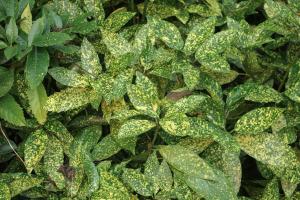Introduction
Cam plants are a type of plant that have a unique method of photosynthesis, allowing them to reduce water loss. In this article, we will explore what cam plants do and how this helps them survive in arid environments.
What are cam plants?
Cam plants, also known as Crassulacean Acid Metabolism (CAM) plants, are a group of plants that have adapted to arid environments by changing their method of photosynthesis. Unlike other plants, cam plants open their stomata at night and close them during the day. This allows them to reduce water loss by taking in carbon dioxide at night when the air is cooler and more humid. The carbon dioxide is stored in the form of organic acids, which are used during the day for photosynthesis.
How do cam plants reduce water loss?
Cam plants reduce water loss by opening their stomata at night, when the air is cooler and more humid. This allows them to take in carbon dioxide without losing too much water through transpiration. The carbon dioxide is then converted into organic acids, which are stored in the plant's vacuoles. During the day, the plant's stomata are closed to reduce water loss, and the organic acids are converted back into carbon dioxide for use in photosynthesis. This process allows cam plants to survive in arid environments where water is scarce.
Examples of cam plants
There are many different types of cam plants, including cacti, succulents, and orchids. Cacti are particularly efficient at reducing water loss, thanks to their thick stems and leaves, which store water. Other examples of cam plants include the jade plant, pineapple, and agave.
Benefits of cam plants
Cam plants have several benefits, including their ability to survive in arid environments where other plants cannot. This makes them important for ecosystems in areas with limited water resources. Additionally, cam plants can be grown in areas where traditional crops cannot, making them an important food source in some regions. Finally, cam plants are often used for landscaping purposes, as they are hardy and require less water than other plants.
Conclusion
Cam plants are a fascinating group of plants that have adapted to survive in arid environments. Their unique method of photosynthesis allows them to reduce water loss and take in carbon dioxide at night, making them an important part of many ecosystems. By understanding how cam plants work, we can appreciate the complexity and resilience of nature, and learn to better safeguard our natural resources.

 how many times do yo...
how many times do yo... how many planted tre...
how many planted tre... how many pine trees ...
how many pine trees ... how many pecan trees...
how many pecan trees... how many plants comp...
how many plants comp... how many plants can ...
how many plants can ... how many plants and ...
how many plants and ... how many pepper plan...
how many pepper plan...
































